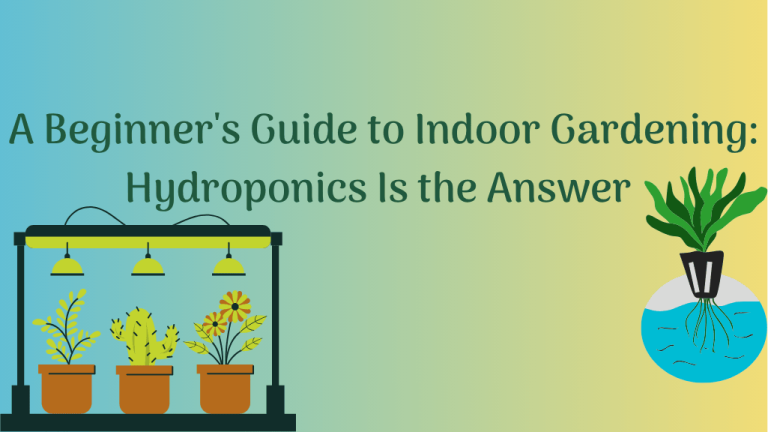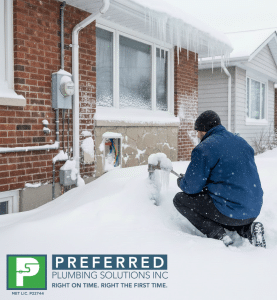The desire to grow your own food or surround yourself with vibrant greenery doesn’t fade just because you lack a sprawling backyard. Indoor gardening offers a fantastic solution, bringing the satisfaction of nurturing a plant from seed to harvest right into your kitchen or living room. But once you decide to start, you face a fundamental choice: do you go the traditional route with pots and soil or explore the modern, clean world of hydroponics?
Before we dive into the methods, let’s get on the same page. Indoor gardening is simply the practice of growing plants inside. This could be anything from a few culinary herbs on a windowsill to a full-blown vegetable patch in a spare room. The core principles are the same as outdoor gardening; plants need light, water, and nutrients, but you have complete control over providing them.
The Traditional Route: Soil-Based Indoor Gardening
For most of us, the word “gardening” immediately brings to mind one thing: soil. Using pots filled with a quality potting mix is the classic way to grow plants indoors. It’s familiar and intuitive, and the barrier to entry is incredibly low. You can get started with a few pots, a bag of soil, and some seeds. This method is also forgiving; soil acts as a buffer, holding onto water and nutrients, which can give a new gardener a little wiggle room if they forget to water on schedule.
However, a traditional indoor soil garden isn’t without its challenges. It can be messy, with soil spilling during potting and watering. More frustratingly, bags of potting mix can sometimes harbor the eggs of common houseplant pests like fungus gnats, leading to an annoying infestation. Over time, the soil can also become compacted, making it harder for roots to get the oxygen they need.
The Modern Alternative: Exploring Hydroponics
But what if you could get all the rewards of indoor gardening without the dirt? This is the central promise of hydroponics. At its core, hydroponics is a method of growing plants without soil, using a water-based solution rich in mineral nutrients. The plant’s roots are suspended directly in this solution or supported by an inert medium like clay pebbles or perlite.
The benefits for an indoor gardener are immediately clear. With no soil, the entire process is significantly cleaner and eliminates the risk of soil-borne pests. Because the nutrients are delivered directly to the roots in a highly absorbable form, plants often grow faster and more vigorously. Studies and grower reports consistently show that this direct access to nutrients can lead to faster growth rates, and, for many crops, a hydroponic system is the ideal way to cultivate plants indoors, using less water than traditional soil-based agriculture.
Getting Started: What Do You Really Need?
Okay, the idea of a clean, efficient indoor garden sounds great. But what does it take to actually start one? The requirements for each method differ slightly, but they share one crucial component.
For a soil setup, your shopping list is simple: containers with drainage holes, a quality potting mix, and your chosen plants or seeds. For a hydroponic setup, you’ll need a basic system (which can be a simple bucket or a pre-made kit), a hydroponic nutrient solution, and an inert growing medium. The initial cost for a hydroponic kit might be slightly higher than a few pots, but the components are reusable for years.
The great equalizer for both methods is light. While a very sunny, south-facing window might suffice for some low-light herbs, most vegetables and flowering plants will need supplemental light to truly thrive indoors. A simple LED grow light is often the key ingredient for success, ensuring your plants get the full spectrum of light they need for photosynthesis, regardless of the weather or time of year.
Which Path is Right for You?
So, after weighing the options, how do you choose? There’s no single right answer; it all comes down to your space, budget, and personal preferences.
Consider sticking with traditional soil pots if you want the lowest possible startup cost, enjoy the classic feel of working with soil, and don’t mind the potential for a bit of mess. It’s a time-tested method that has worked for generations.
You might be the perfect candidate for hydroponics if you prioritize cleanliness, are keen to avoid common houseplant pests, love the idea of a more controlled and tech-forward approach to gardening, and want to maximize your growth potential in a small space. It’s a clean, efficient, and fascinating way to bring fresh food and greenery into your home.
Frequently Asked Questions
Can I grow anything with hydroponics?
While most leafy greens (lettuce, spinach, kale), herbs (basil, mint, cilantro), and fruiting plants like tomatoes and strawberries do exceptionally well in hydroponics, root vegetables like carrots and potatoes are more challenging and better suited for deep soil containers.
Is a hydroponic setup expensive to start?
It can be, but it doesn’t have to be. While advanced, automated systems can be an investment, simple DIY bucket systems or small countertop kits are very affordable.
Do hydroponically grown vegetables taste different from soil-grown?
When provided with a full spectrum of balanced nutrients, hydroponically grown produce is virtually indistinguishable in taste and nutritional value from its soil-grown counterpart.
How much maintenance does an indoor hydroponic garden require?
A small system typically requires a few minutes of attention every few days. This involves checking the water level, ensuring the pH is in the correct range, and adding nutrients.













